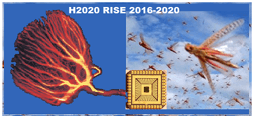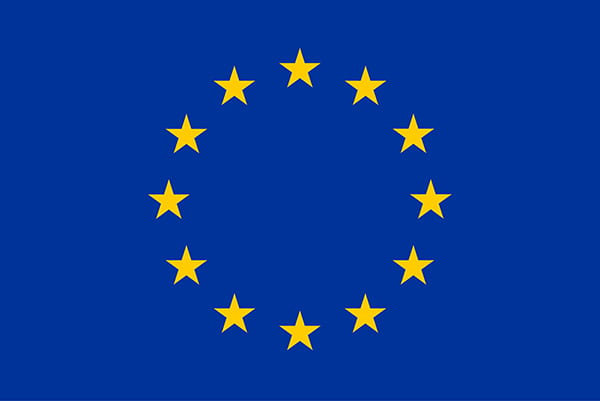Spatial-temporal information processing for collision detection in dynamic environments
This project has received funding from the European Union’s Horizon 2020 research and innovation programme under the Marie Sklodowska-Curie grant agreement number no 691154.
The STEP2DYNA: Spatial-temporal information processing for collision detection in dynamic environments project commenced on 1 June 2016 and was scheduled to run for 4 years. However, due to COVID-19 affecting travel, this project has been extended by 12 months and is now scheduled to end 30 June 2021.
In the real world, vehicle collisions occur every second – often resulting in serious accidents and fatalities. For example, there are more than 3,560 fatalities every day from vehicle collision worldwide.
The current approaches for vehicle collision detection such as radar, laser-based Lidar and GPS are far from acceptable in terms of reliability, energy consumption and size. Yet, autonomous unmanned aerial vehicles (UAVs), which have demonstrated great potential in serving human society such as delivering goods to households and precision farming, are restricted due to lacking collision detection capability.
A new type of low cost, low energy consumption and miniaturised collision detection sensor is badly needed to not only save millions of people’s lives but also to make autonomous UAVs and robots safe to serve human society.
This project brings together 11 world-class research teams and European SME each with specialised expertise and proposes an innovative bio-inspired sensor system for collision detection. It takes the advantages of low cost spatial-temporal and parallel computing capacity of visual neural systems and can be realised in a chip specifically for collision detection in dynamic environments.
Realising visual neural systems in chips demands multidisciplinary expertise in biological system modelling, computer vision, chip design and robotics. This breadth of expertise is not readily possessed within one institution. Secondly, the market potential of the collision detection system could not be well exploited, unless by a dedicated partner from industry.
Therefore, this consortium is designed to bring neurobiologists, neural system modellers, chip designers, robotics researchers and engineers from Europe and East Asia together to complement each other’s research strengths via staff secondments, jointly organised workshops and conferences. Through this project, the partners will build up strong expertise in this exciting multidisciplinary area and the European SME will position itself well as a market leader in the production of collision detection sensors.
Six work packages (WPs) are designed to achieve the objectives of the project:
- WP1: Collision detection visual neural systems modelling.
- WP2: Multiple visual neural systems coordination for robust collision detection.
- WP3: Neuro-vision sensor design, simulation and testing.
- WP4: Collision detection and avoidance systems for robots and UAVs.
- WP5: Joint workshops, conference and dissemination.
- WP6: Project management and market exploitation.
To learn more about the STEP2DYNA partners, please see our consortium page.









